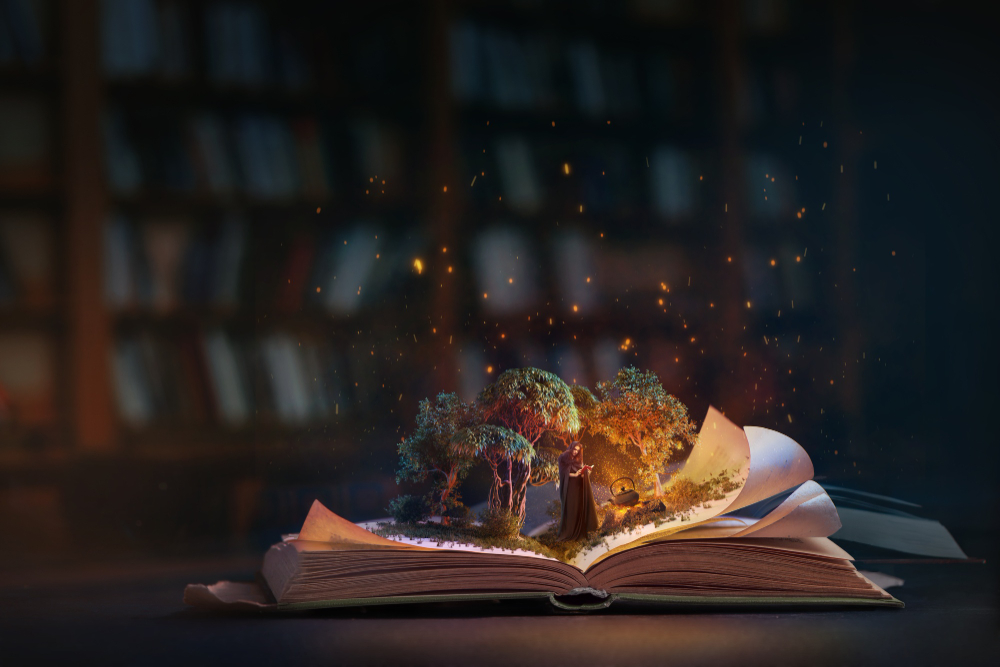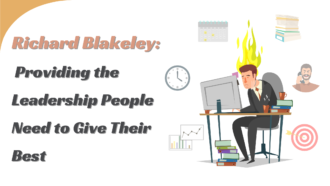The Power of Storytelling: How to Hook Your Readers
- 1 Writing a Hook – A Guide for the Beginners
- 1.1 1: The First Line is the Most Important Part of Your Hook
- 1.2 2: Begin With an Action
- 1.3 3: Try Forming a Core Emotional Connection
- 1.4 4: Start Your Journey at a Life-Changing Moment
- 1.5 5: Beginning at a Moment of Confusion Can be Good
- 1.6 Bonus: Hold Onto the Hook You’ve Created
- 1.7 Hook and Plotline – The Intertwining Story
- 2 The Final Say – The Importance of Your Setting
The beginning of your most preferred book likely drew you in immediately, whether through an exciting action scene, a moral quandary, or the intriguing introduction of a key character.
This initial engagement, a hook, is essential in storytelling across different forms, such as fiction, non-fiction, or poetry.
In this piece, we’ll explore what makes a hook and provide helpful suggestions on creating them effectively, along with examples.
So, if you’re a writer keen on grabbing your reader’s attention immediately, keep reading till the end!
But Wait… What Do We Mean by Hook?
A hook is a literary device that grabs the reader’s attention at the beginning of a story or writing. It’s essential across various types of writing because it entices readers to continue reading. Authors use different techniques to craft effective hooks tailored to the specific kind of writing they’re working on. But how do you write it?
Writing a Hook – A Guide for the Beginners
As per IvoryResearch, crafting an attention-grabbing opening for your story demands thoughtful planning, yet it doesn’t need to be overly complex.
Pinpoint what element of your narrative intrigues you—the characters, a puzzling enigma, or an unconventional backdrop—and construct your hook based on that.
A story hook aims to captivate the reader by sparking curiosity, enticing them to delve deeper to unravel the mysteries.
1: The First Line is the Most Important Part of Your Hook
Begin your story with a line that immediately captivates readers’ attention.
Consider something unexpected—a character disclosing a hidden truth, presenting an unforeseen insight, or posing a peculiar question.
This opening sentence establishes the mood for the narrative and ignites readers’ curiosity, leaving them eager to delve deeper into the tale.
2: Begin With an Action
One of the most effective ways to immediately captivate your readers is by plunging them into a gripping scene. It doesn’t have to involve high-octane actions like car chases or explosions; the key is to create tension. This could mean starting with your protagonist fleeing from a threat, engaging in a heated argument, or witnessing a crime unfold.
To achieve this, you can also experiment with storytelling techniques like flashbacks or non-linear structures, which ensure endless possibilities for crafting an engaging opening hook.
3: Try Forming a Core Emotional Connection
Try leading with a compelling emotional moment rather than a high-octane scene to engage readers from the start. By delving into a character’s more profound emotions, such as embarrassment, sympathy, fear, anticipation, surprise, or excitement, you can establish a strong bond between the reader and the character, fostering a deeper investment in the narrative’s progression.
4: Start Your Journey at a Life-Changing Moment
One powerful technique is to start your story with a crucial moment that dramatically changes your main character’s life, setting off the story’s primary conflict.
This event, known as the inciting incident, hooks readers by thrusting them into the heart of the action alongside the characters.
By introducing this pivotal event early on, you can grip readers’ attention and keep them eager to accompany the characters on their journey.
5: Beginning at a Moment of Confusion Can be Good
When a protagonist is confused in the opening scene of a novel, it generates questions for the reader, which can be beneficial.
In “That Weekend,” the main character wakes up injured and disoriented in the woods, sparking curiosity about what happened and why she can’t recall anything.
While not every character needs amnesia, placing them in a situation where they are uncertain about their surroundings can still intrigue readers.
Bonus: Hold Onto the Hook You’ve Created
A captivating hook grabs the reader’s attention, but as an author, your task is to sustain it.
Leaving too many questions unanswered can lead to frustration while providing all the answers upfront removes any incentive for further reading.
Striking the right balance involves addressing some questions raised by the hook while introducing new ones to maintain suspense.
In “That Weekend” by Kara Thomas, the protagonist wakes up disoriented in the woods but gains clarity when a stranger and her dog approach. Discovering it’s prom weekend and recalling she was at her friend’s cabin intensifies the mystery, as her friend and her boyfriend are missing, creating a compelling enigma for the character and reader to unravel.
Hook and Plotline – The Intertwining Story
Crafting a gripping narrative requires drawing readers in from the outset.
Conflict propels your story forward, testing characters’ convictions and captivating readers, whether internal or external. Proper and effective pacing, with alternating moments of tension and respite, maintains engagement without overwhelming the audience.
A compelling plot hinges on intricately crafted idols whose desires, conflicts, and motivations seamlessly interweave with the story’s events.
Each narrative turn should stem naturally from the character’s choices and actions.
To captivate readers, sprinkle unexpected plot twists throughout the tale, ensuring they’re both surprising and subtly foreshadowed for astute readers to uncover.
Finally, embrace the challenge of innovation and don’t shy away from unconventional ideas. Predictable storylines can bore readers.
Hence, be courageous and explore new avenues in storytelling. Try out-of-the-box narrative structures, non-linear timelines, or fresh perspectives to craft a memorable reading journey.
The Final Say – The Importance of Your Setting
Storytelling frequently disregards the setting, yet it is vital in engaging readers. It establishes the context for the narrative, influencing our attachment to the characters and their experiences.
When reminiscing about beloved books, the storyline, characters, and richly portrayed environments leave an impression.
Whether it’s a bustling metropolis, tranquil rural landscape, or imaginative universe, the setting infuses vitality into the tale and envelops readers in its ambiance.
Next time you delve into a fresh book, pause and marvel at the influence of its setting.
Immerse yourself in varied, thrilling landscapes, and witness how the setting ignites your imagination. Whether it’s a mystical woodland, a vibrant city of the future, or a lovely village, recognize that setting isn’t merely about its physical description.
It’s the doorway to an enthralling reading journey.



















